If we want to secure the future of this nation, we need to ensure that the children of today have access to the basic needs every child deserves. Hunger is a huge problem in the Indian sub-continent. India, Pakistan and Bangladesh rank very low when it comes to food security.
In India, the government has launched several schemes over the years to help alleviate the hunger problem, and truth be told, the intentions behind them are very noble. We need the state to take responsibility for its people and the following schemes (not an exhaustive list) are meant to do just that.
Below Poverty Line (BPL)
Families and/or households in India that have been declared to be ‘below poverty line’ are eligible for a ration card which can be shown in fair price shops to purchase upto 35 kg grains (rice at Rs. 5.65 and wheat at Rs. 4.15 per kilo) every month.
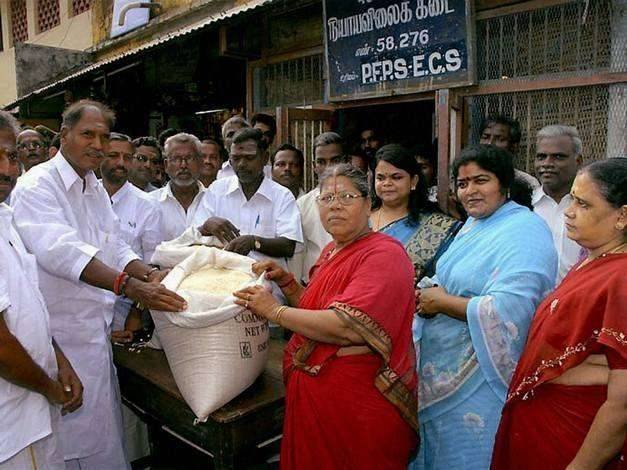
Antyodyaya Anna Yojna (AAY)
This is a government sponsored scheme launched in December 2000 to support one crore of ‘the poorest of the poor’ families in India. Under this scheme, families which have been given the ‘Antyodaya Ration Card’ can purchase 25 kg wheat at Rs. 2 per kilo and 10 kg rice at Rs. 3 per kilo. The scope of the scheme has been increased twice to now include a total of 2 crore below poverty line families.
Above Poverty Line (APL)
This is a scheme for families that are not covered by the BPL or the AAY schemes. Families with the APL card can purchase rice and wheat (upto 35 kgs) at Rs. 8.30 and Rs. 6.10 per kilo respectively.
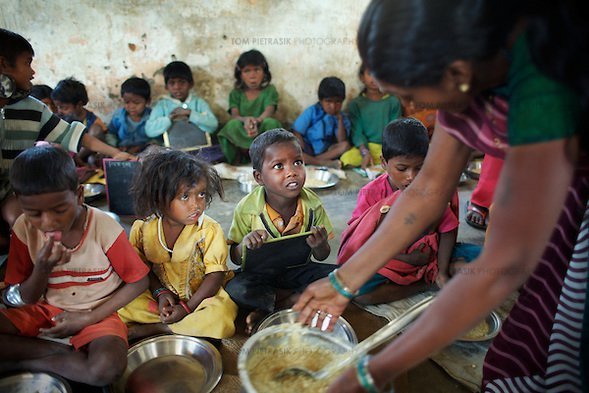
Midday Meal Scheme
This is one of the grandest child nutrition schemes the world has ever seen – providing cooked lunch for 120 million school kids in over 1,265,000 schools all over the country. In fact, it is the largest school meal scheme in the world.
Annapurna Scheme
Taking care of the old is the responsibility of every society. Under this scheme, senior citizens of India (over 65 years old) who do not earn any pension, are eligible for 10 kg of grains free of cost every month.
Rajiv Gandhi Scheme for Empowerment of Adolescent Girls
This programme, started in April 2011, is aimed at empowering Indians girls between the ages of 11 and 18. It not only aims at providing them nutritional care but also educates them about sexual health, something which is sort of like a ‘need of the hour’ in a nation where sex-education is still in its nascent stage.
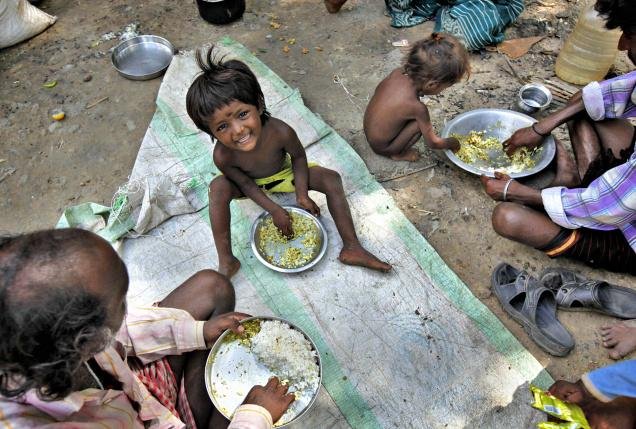
Emergency Feeding Programme
A unique plan in itself, the Emergency Feeding Programme aims to ensure that the nutrition requirements for about 200,000 people living in the remote Kalahandi-Balangir-Koraput (KBK) districts in Odisha are met. The region is said to be one of the most backward regions in the country. The scheme provides one cooked meal a day that includes rice, pulses and vegetables, for the people there.
Elsewhere…
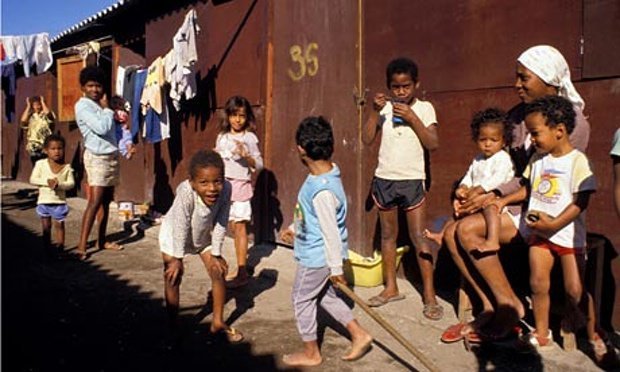
Obviously, India is not the only developing nation where such schemes exist. The Fome Zero (Zero Hunger) programme in Brazil has been in effect since 2003 with aims to eradicate hunger and extreme poverty from the South American nation. The scope of the programme is wide – it works in providing direct financial aid to the poorest among the poor families, helping communities create water cisterns in Brazil’s semi-arid areas, creating low-cost restaurants, educating people about healthy eating habits, distributing vitamins and iron supplements, supporting subsistence family farming and giving access to micro-credit.
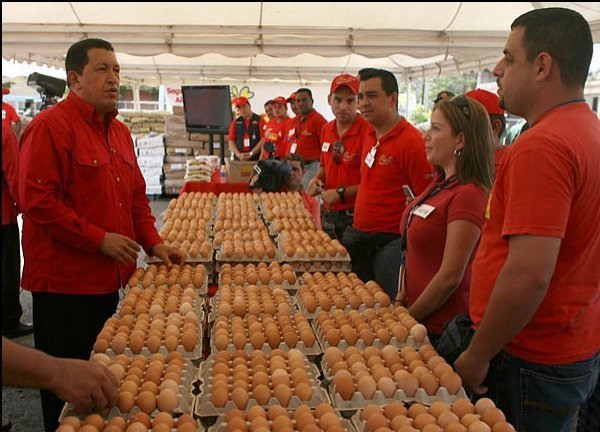
Not too far from Brazil, Venezuela launched the Mission Mercal in 2003, under the rule of the then-President Hugo Chavez. The mission provides subsidized food and basic goods through a nationwide chain of stores. In 2010 Mercal was reported as having 16,600 outlets, “ranging from street-corner shops to huge warehouse stores,” in addition to 6000 soup kitchens. Mercal employs about 85,000 workers.
Common Problem
Despite the presence of a good number of government sponsored food schemes, one of the major problems faced by developing countries is execution of the plans. On paper, it might seem a lot is being done to alleviate the problems of hunger, but in reality, there have been too many reports of the benefits not reaching the people who need it the most.
According to a report in the India State Hunger Index (ISHI), “India is home to the world’s largest food insecure population, with more than 500 million people who are hungry.” Many children don’t get enough to eat, which has far-reaching implications for the performance of the country as a whole. “Its rates of child malnutrition is higher than most countries in Sub-Saharan Africa,” ISHI noted.
Corruption is a huge problem, especially when it comes to government-run welfare schemes. Too many people in developing nations are trying to make a quick buck using such schemes to fatten their wallets.
But we can’t depend on the state to solve all the problems we see on a daily basis. What can we do?
This Independence Day, we have joined the Robin Hood Army and Uber to launch #Mission100k.
#Mission100k is a war which Indian and Pakistani students are fighting together against hunger. The campaign aims to unite students to rally together and serve food to 100,000 homeless countrymen on both sides of the border.
If you would like to play your role, here’s how you can do it: www.robinhoodarmy.com/

















